Many of us have experienced burns, from touching something too hot or having a reaction to a chemical or electric device. Burns are soft-tissue injuries caused by chemicals, electricity, heat, or radiation. Most burns that people experience require little first aid, with just a bandage or having the burn be run under cool water. However, there are several types of burns that can result in serious lifelong damage or even loss of life.
Coast2Coast promotes healthy living and safety through all our First Aid courses. Our prevention methods and hands-on training provide you with the knowledge and tools to handle a burn emergency if one should occur.
There are different methods of prevention for different types of burns, each with their own prevention guides and cautions.
Chemical Burns
Chemical burns occur when any chemical liquid has an extreme reaction to the skin. The following precautions will help prevent chemical burns:
- Store chemicals in their original containers and make sure there is no spillage or mess around containers.
- Wear protective gear when handling chemicals.
- Wash your hands after touching chemicals.
- Get trained in a hazardous materials training program, such as the Workplace Hazardous Materials Information System (WHMIS)/ Globally Harmonized System (GHS) of Classification and Labelling of Chemicals.
- Read the label before using a product.
- Be aware of caustic plants in your area.
Electrical Burns
Electrical burns occur when any electric device produces a physical reaction to the skin. The following tips will help prevent electrical burns:
- Keep electrical appliances away from water or any forms of liquid
- If an electrical cord is frayed, fix it or dispose of it.
- If there are young children in the building, cover electrical outlets.
- Before approaching a person with a suspected electrical burn, make sure that trained personnel turn off the electrical current.

Burns from Lightning Strikes
Being outside during thunderstorms and lightning is unsafe in many forms, but especially in cases of being hit by lightning and receiving a burn from the action. The following precautions will help prevent burns from lightning strikes:
- As soon as a storm is seen or heard, stop swimming or boating and get away from the water, because water conducts electricity.
- Stay indoors during all storms. A picnic shelter or car (with the windows rolled up) will also provide some protection.
- If caught outside, stay away from telephone poles and tall trees. Stay off hilltops and try to crouch down in a ravine or valley if shelters are not available nearby. The lower you are, the safer you are.
- Stay away from things that conduct electricity, such as farm equipment, small metal vehicles (motorcycles, bicycles, and golf carts), wire fences, clotheslines, metal pipes, and railings.
Thermal Burns
Thermal burns occur when the skin makes contact with an object that is extremely hot and can rupture the skin cells and nerves very quickly. The following precautions will help prevent thermal burns:
- When cooking on the stove, turn the pot handles in and use only the back burners when possible.
- Keep the hot water tank temperature at or below 49°C (120°F).
- Keep children away from heat sources and appliances such as ovens, barbecues, space heaters, wood stoves, candles, and fireplaces.
- Keep hot drinks out of children’s reach. If children are consuming hot drinks such as hot chocolate or warm milk, teach them that it is very hot and they need to be very careful when consuming these products. Never let a child consume a hot beverage alone.
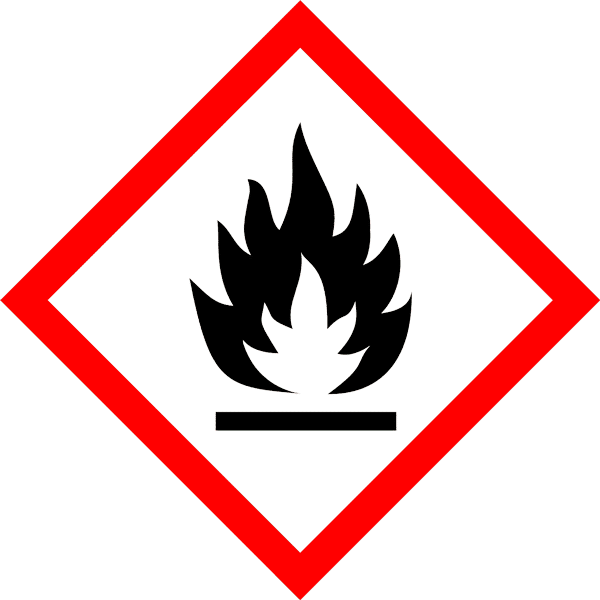
Register for First Aid Training
Register today for a First Aid training course and learn how to deal with emergencies and keep your loved ones safe! Check out our facilities and book your spot now.
Sunburns
Sunburns occur in warm and hot weather, mostly during the summer and on overseas holidays. Sunburns can also occur in winter as well with the sun reflecting on the snow, cause a reaction to the skin. The following precautions will help prevent sunburns:
- Limit exposure to the sun between 10:00 a.m. and 3:00 p.m. Wear hats and loose clothing if needed to be exposed.
- Wear light coloured clothing that covers as much of the body as possible.
- Use a broad-spectrum sunscreen with a sun protection factor (SPF) 30 or higher, and apply it 15 to 30 minutes before going outdoors. Reapply sunscreen at least every 2 hours, as well as after being in the water and after sweating.
What to Do If You or Someone Has a Burn Injury
Call 911 and get an AED immediately if:
- The burns make it difficult for the person to breathe.
- The person is in a great deal of pain or becomes unresponsive.
- The burns were caused by chemicals, explosions, or electricity.
- The burns involve a large amount of blistering (white, puffy) or broken skin, or the burns cover the face, neck, hands, genitals, or a larger surface area.
If at least one of the above conditions is true and you are alone, call 911 yourself, get an AED, and then return to care for the person.
If it a superficial burn (first-degree), you should not need to call 911, unless the person is in a great deal of pain or becomes unresponsive. Always call 911 for a full thickness burn, regardless of size.

Caring For Burns
While care for all burns is similar, specific care steps can vary depending on the cause of the burn. Care should be taken to monitor for hypothermia when cooling large burns. This is particularly important in children. Cover the person with a blanket if the person complains of feeling cold and follow these steps (link for hypothermia blog)
Superficial Burns (First Degree)
Signs and Symptoms:
- Redness
- Pain
- Possible swelling
The cool affected area with clean running or standing water for at least 10 minutes. A clean cool or cold (not freezing) compress can be used as a substitute.
Partial Thickness Burn (Second Degree)
Signs and Symptoms:
- Redness
- Pain
- Possible swelling
- Blisters
Follow the previous steps for care from first degree burns. Continue care by removing jewellery and clothing from the burn location, but do not attempt to move anything that is stuck to the skin. Once it is cool, cover the burn loosely with a dry, sterile dressing, preferably non-stick gauze. Encourage the person to seek medical attention even if it is not necessary to call 911.
Full Thickness Burns (Third Degree)
Signs and Symptoms:
- Redness
- Pain (may not be present in the most severely burned areas due to nerve damage)
- Possible swelling
- Blisters
- Charred or waxy, white flesh
Follow the previous steps of first and second degree burns, but call 911 immediately and wait with the victim until medical services arrive. Along with the steps of care, try to keep the person calm and collected in a comfortable space until service is on scene.
Chemical Burns
Wear protective equipment to avoid being burned yourself. If there are dry chemicals present, brush them off the person’s skin before flushing with water. Pour water on the affected areas with large amounts of cool running water for at least 15 minutes, or until EMS personnel arrive. Flush the chemicals away from areas of the body that have not been contaminated. Remove any clothing that is wet or that has been contaminated by the chemical. Refer to the appropriate Material Safety Data Sheet (MSDS) for additional first aid measures.
Electrical Burns
Treat the person as if he has a head and/or spinal injury. Look for two burns (the entry and exit points) and care for them as you would care for previous burns. Monitor the victim’s ABC’s, as electric burns can affect the heart.
Remember the following special considerations when providing care for burns:
- Don’t use ointments on partial or full thickness burns.
- Blisters are a natural cooling system. Leave them in place. Do not pick or try to ‘pop them.’
- Touch a burn only with sterile or clean dressings.
- Do not use absorbent cotton or pull clothes over any burned area.
Pay close attention to the person’s airway and look for signs of burn injuries around the face. If you suspect that the airway or the lungs may be burned, monitor the person’s breathing closely.
We all want to keep our friends and families safe, and we can do that by being trained at one of Coast2Coast First Aid & CPR Courses. Our Emergency First Aid course is a full day course that includes CPR/AED and covers many emergency training such as bandaging, bleeding, and burns. We strongly believe that everyone should be trained in First Aid, as the education of First Aid and CPR is the best way to prevent emergencies from happening. Be ready for all emergencies with Coast2Coast First Aid!
Questions About Your Course?
Our team is ready to help you with your questions. Don’t hesitate and contact us today.
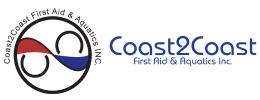

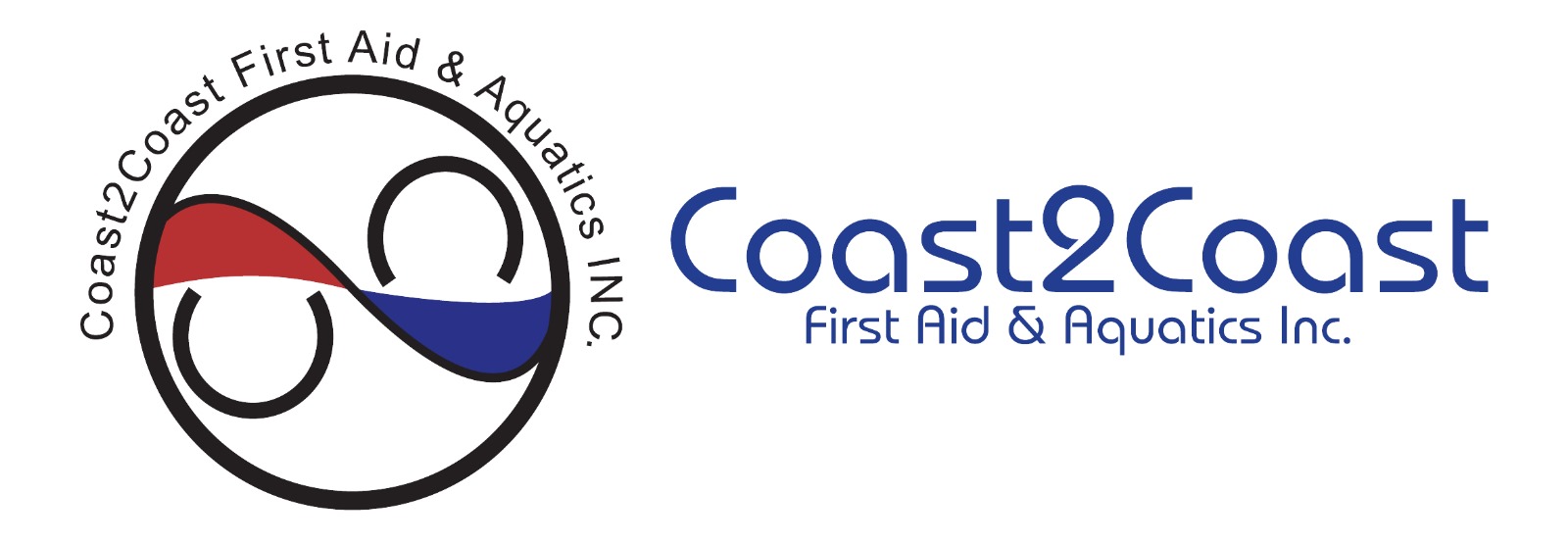

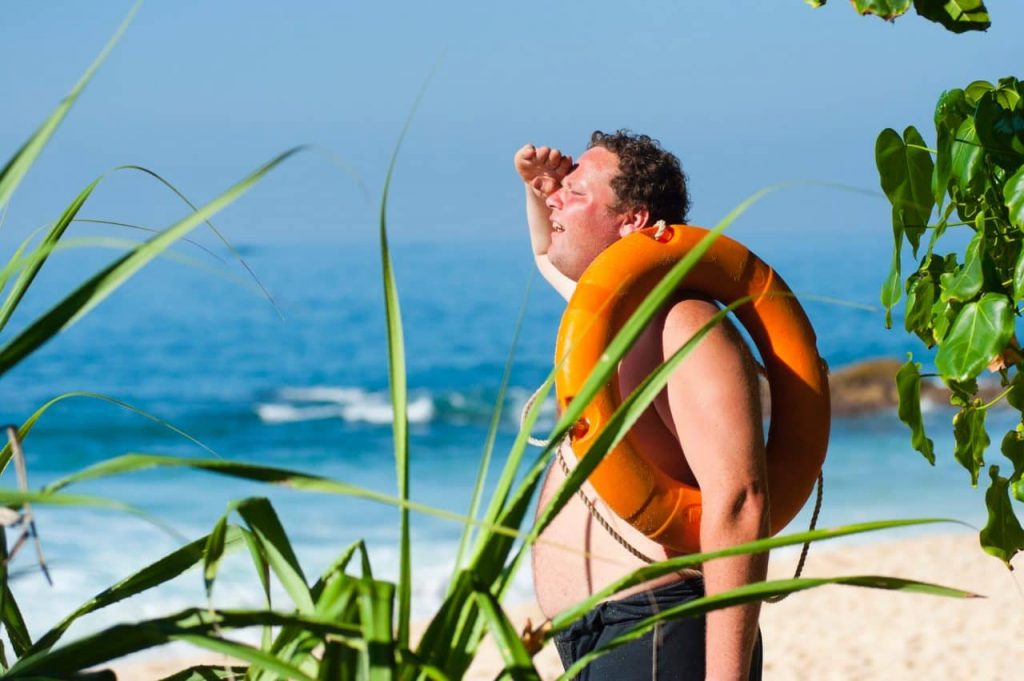




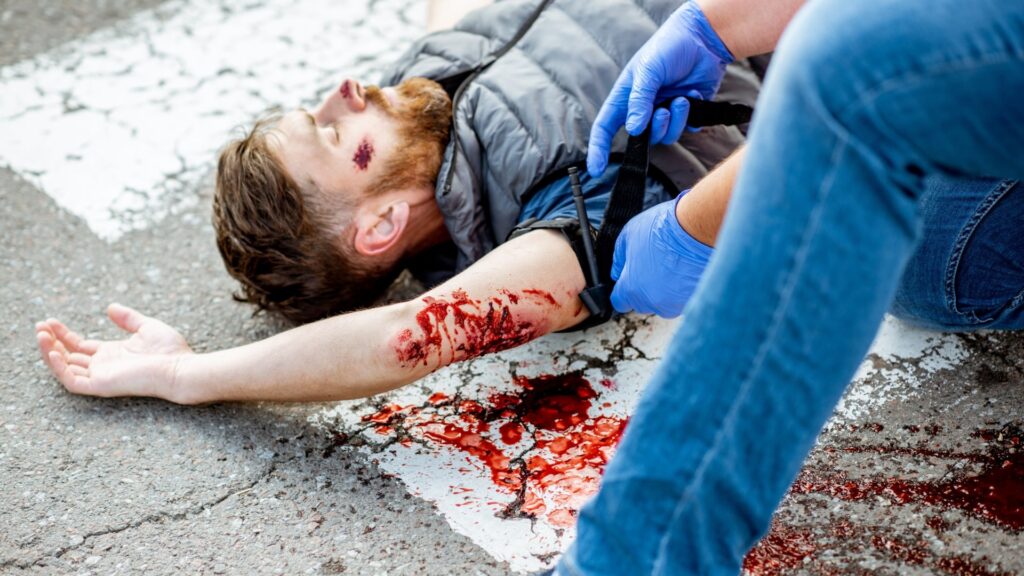
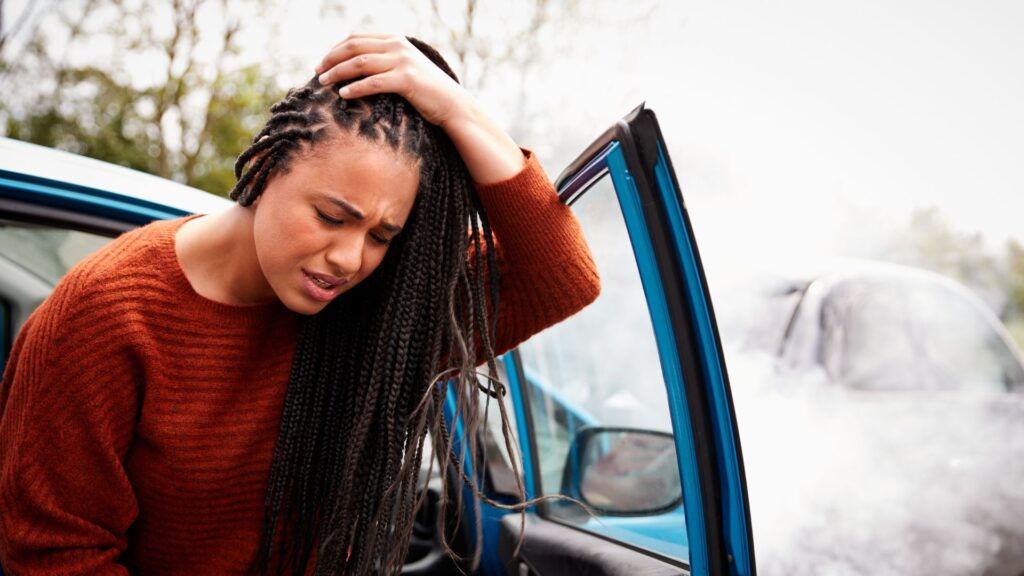
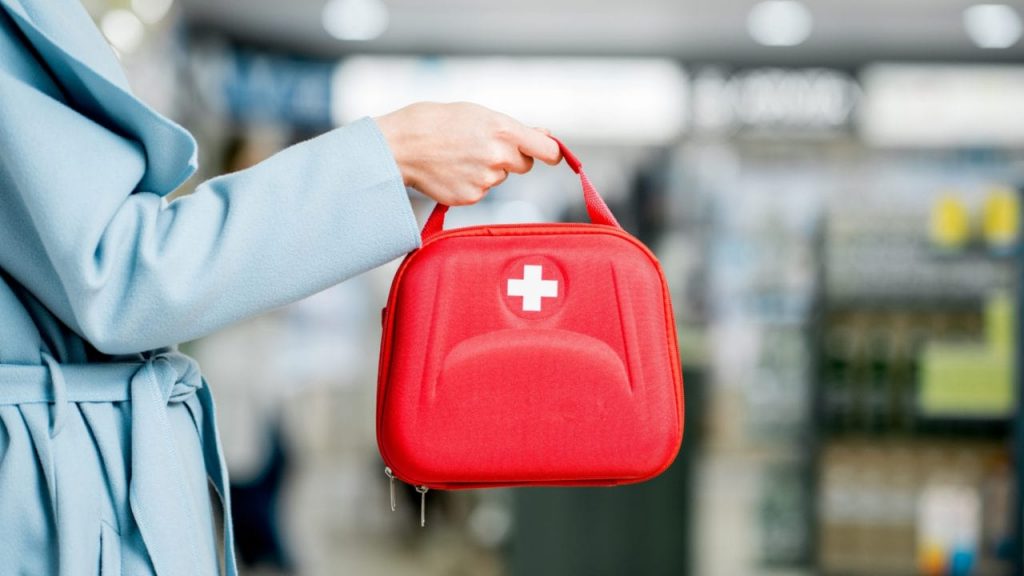
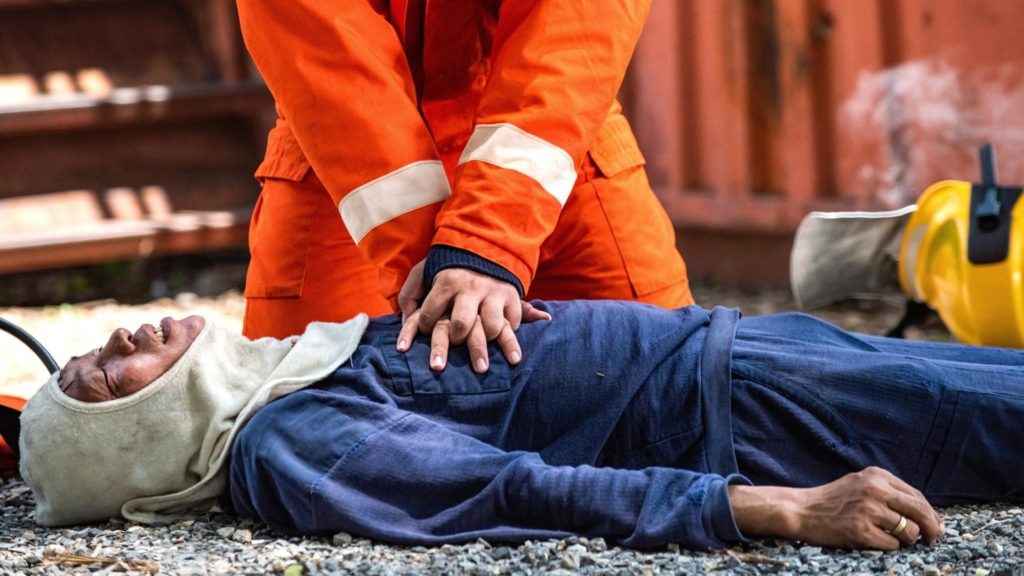
No comment yet, add your voice below!